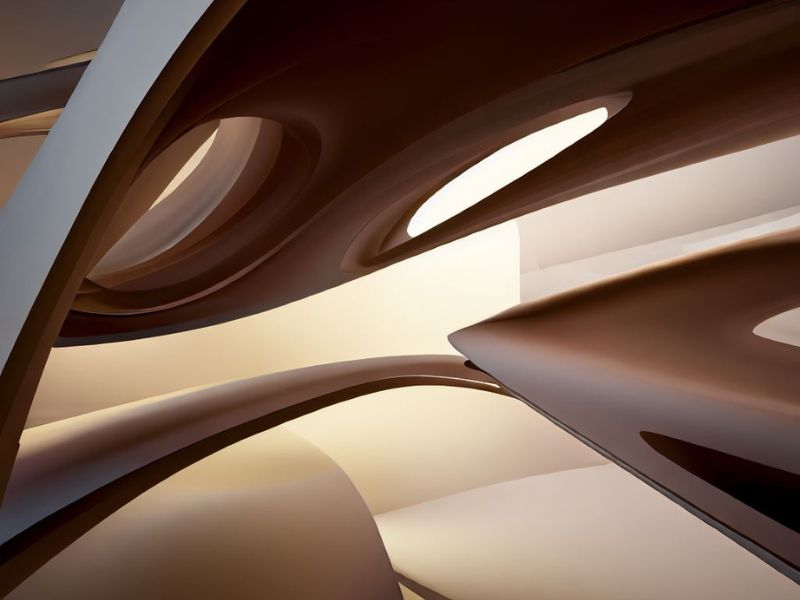When we think of architecture, we often picture grand buildings, innovative skyscrapers, and awe-inspiring structures. But beyond the structural marvels and engineering prowess, there’s another crucial aspect that defines architectural excellence—art design. In this article, we’ll delve into the world of art design in architecture and discover how it brings together form and function to create breathtaking spaces.
The Marriage of Aesthetics and Utility
Architecture is not just about creating functional spaces; it’s about crafting environments that inspire and uplift the human spirit. Art design plays a pivotal role in achieving this goal. Architects, throughout history, have harnessed the power of aesthetics to design buildings that not only serve their practical purposes but also evoke emotions and tell stories.
From Ornate Facades to Minimalist Elegance
Architectural art design has taken various forms over the centuries. In eras gone by, we marveled at intricate Gothic cathedrals adorned with stunning stained glass windows and ornate facades. These structures told stories of faith and devotion through their detailed craftsmanship. In contrast, modern architecture often embraces minimalism, where clean lines and simplicity reign supreme. It’s a testament to the versatility of art design, which can adapt to different architectural styles and eras.
The Role of Materials and Textures
Art design in architecture goes beyond aesthetics; it encompasses the use of materials and textures to create sensory experiences. A concrete wall can convey a sense of strength and permanence, while a glass facade can establish a connection with the surrounding environment. Architects carefully select materials to enhance the user’s experience, whether it’s the warmth of wood in a cozy home or the coolness of marble in a grand museum.
Iconic Examples of Art-Infused Architecture
To truly appreciate the impact of art design in architecture, let’s explore some iconic examples:
The Guggenheim Museum, Bilbao
Designed by Frank Gehry, the Guggenheim Museum in Bilbao, Spain, is a masterpiece of contemporary architecture. Its undulating titanium-clad exterior resembles a work of art itself, capturing the essence of fluidity and movement. Inside, the museum’s design showcases a commitment to displaying art with optimal lighting and spatial flow.
The Sydney Opera House
Jørn Utzon’s design for the Sydney Opera House is an enduring symbol of both Australia and architectural innovation. Its distinctive shell-like structures are not only functional but also a testament to the power of visionary art design. The interplay of light and shadow on its sail-like roof creates a mesmerizing visual experience.
The Sagrada Família, Barcelona
Antoni Gaudí’s magnum opus, the Sagrada Família, is a sublime blend of Gothic and Art Nouveau styles. Its facades are adorned with intricate sculptures and religious symbolism, turning the basilica into a three-dimensional work of art. The play of light through its stained glass windows adds a transcendent quality to the interior spaces.
The Future of Art-Infused Architecture
As we look to the future, art design in architecture continues to evolve. Sustainability and eco-conscious design are becoming increasingly important, with architects integrating natural elements and green spaces into their creations. Furthermore, technology opens new possibilities for interactive and kinetic art installations within architectural spaces.
In conclusion, art design in architecture is the invisible thread that weaves together beauty and utility. It’s a celebration of human creativity and innovation, where buildings become more than structures; they become expressions of culture, values, and the human spirit. Whether in the timeless elegance of historic buildings or the cutting-edge designs of the future, art-infused architecture continues to shape the world around us, proving that in architecture, form and function are inseparable partners.
